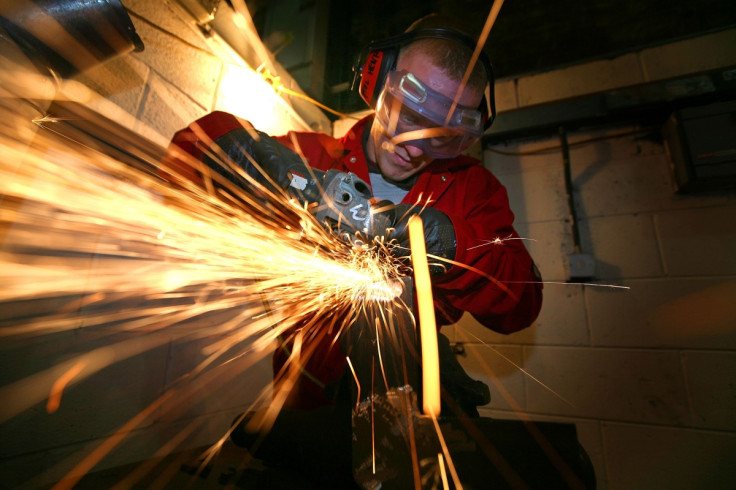Warm UK weather makes George Osborne sweat as industrial output wilts to three-year low

British industrial output recorded its biggest decline in more than two years in November, while manufacturing production slowed down for the second consecutive month, figures released on 12 January showed.
According to data published by the Office for National Statistics (ONS), industrial production declined 0.7% month-on-month in November after failing to register an increase in the previous month. The bad news for the UK economy sent Sterling reeling to 5.5-year low.
The figure was short of analysts' expectations for an unchanged reading and marked the sharpest monthly decline since January 2013, which economists attributed to the unusually warm weather that curbed demand for heating gas in the final two months of 2015.
Electricity and gas generation tumbled 2.1% month-on-month on a seasonally adjusted basis, the component's biggest decline since April 2015.
In year-on-year terms, industrial production grew 0.9%, compared with a 1.7% gain in October, which analysts had forecast to remain unchanged. The annual rate of growth was the weakest since July 2015 and was described by analysts as a "significant dent" to Britain's hopes of posting an increase in fourth quarter GDP.
"It now looks highly unlikely that industrial production was of any help to GDP growth in the fourth quarter of 2015, which is a blow to hopes that GDP growth improved from 0.4% quarter-on-quarter in the third quarter," said Howard Archer, chief European & UK economist at IHS Global Insight.
"Indeed, industrial production will need to have grown by 0.3% month-on-month in December just to have been flat over the quarter."
Meanwhile, news on the manufacturing front did little to improve the mood, with ONS figures indicating output in the sector declined 0.4% on a monthly basis, matching the rate of decline registered in October but falling short of the expected 0.2% gain.
On a year-on-year basis, manufacturing production fell 1.2%, compared with an upwardly revised 0.2% drop in October and forecast for a 0.8% drop.
The latest ONS figures mean industrial output remains 9.1% below its pre-crisis peak in early 2008, while factory output is 6.1% short of its level eight years ago.
On 11 January, industry body EEF warned Britain was "losing its gloss" as a competitive place for manufacturers, after the sector failed to contribute to the UK's economy growth in the first nine months of 2015.
Analysts warned 2016 promised to be another difficult year for manufacturers, although they pointed out there were some reasons for optimism.
"We continue to think that oil and gas output, which declined 1.8%, will fall further," said Samuel Tombs, chief UK economist at Pantheon Macroeconomics.
"Output was still 16.5% higher year-over-year in November, because producers have responded to the sharp fall in oil prices by sweating their rigs to maintain cash flow.
"But with prices now falling below the marginal costs of extraction at many rigs, a downward trend in oil production looks set to emerge again."
The gloomy outlook for trade followed reports that UK's trade deficit with its biggest partner — the European Union — hit an all-time high.
George Osborne's cocktail of threats
Last week Chancellor of the Exchequer George Osborne warned of a "dangerous cocktail" of threats to the UK economy as he insisted there can be no "let up" in the squeeze on spending.
He told business leaders in Cardiff that far from "mission accomplished" on the economy, "2016 is the year of mission critical" amid China-inspired new year turmoil in world markets.
His message is in stark contrast to the positive tone of his Autumn Statement, when he said the UK was "growing fast".
© Copyright IBTimes 2025. All rights reserved.






















